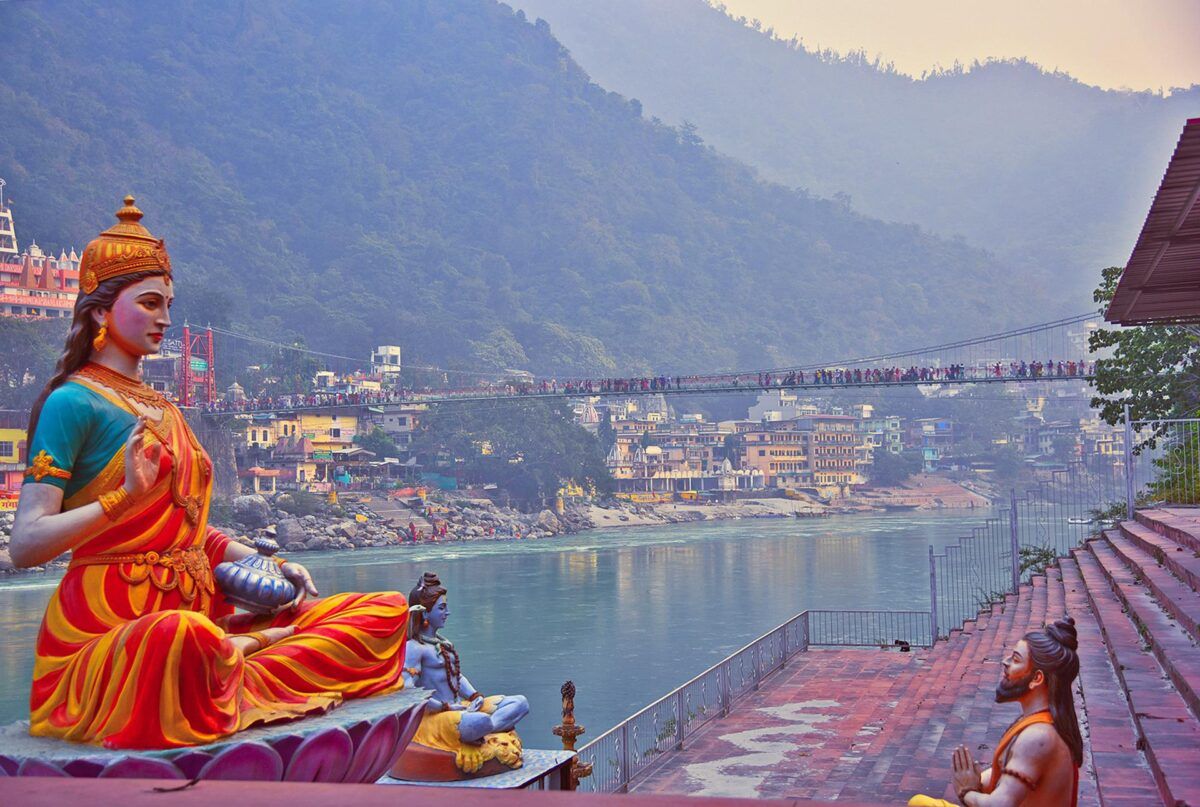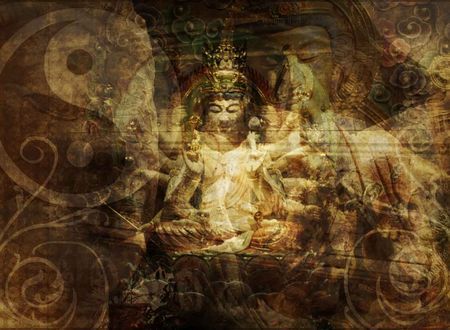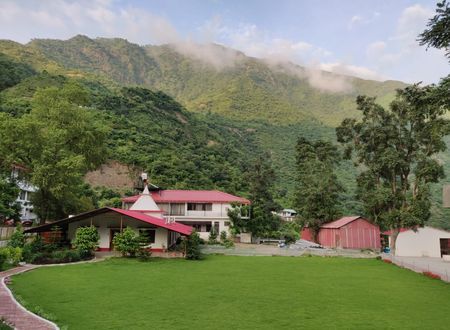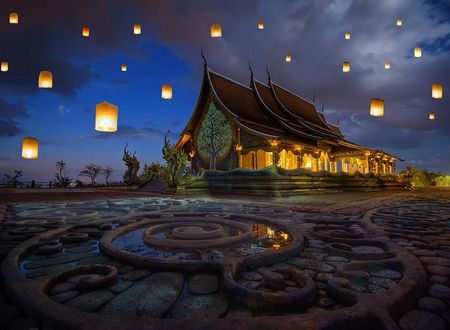Uttarakhand as a spiritual center, has attracted sages, seers, seekers, and pilgrims for millennia. This is a place where you brush shoulders with ascetics, backpackers, hippies, yogis, and adventurists as you explore its hidden valleys and cross stunning bridges across Ganga.
However, there’s a significant problem this state is experiencing right now. Uttarakhand is increasingly becoming commercial, resulting in an irreversible damage to our beloved Ganga.
It is a fact that Ganga and Bharat are inseparable. For as long as we know, every bit of Bharat’s history has mentioned Ganga in some way or the other. Originating from the mighty Gaumukh glacier, this river serves over 40% of this country’s population spread across 11 states.
In Bharat, we look at Ganga as the “mother” because she takes complete care of us by providing water, moisture to our soil, and more.
Today, Ganga is at a considerable risk. The quality of its water is depleting every year, and this is the time we must come together save our mother. We must identify and control our adverse actions that can affect the people of 11 states that literally live on the banks of Ganga.
In this short write-up, I want to make you aware of what our little actions result in on a macro level and what will be the eventual future if we don’t become conscious.
Polluting The Grace of Ganga
You must’ve heard that Ganga is getting polluted around Varanasi and is not being taken care of. But this is just one side of the problem; the bigger issue is it starts from Uttarakhand itself.
Millions of tourists visiting the state every year throw tons and tons of waste into the river. I’ve personally seen tourists throw beer bottles and plastic wrappers in Ganga. Most of this pollution happens during the Char Dham Yatras and specifically during Christmas and New Year when many urban youths visit Uttarakhand for a “good time.”

And we do this with such a casual mindset as if there aren’t going to be any consequences of it at all.
Why are we doing it? Do we like inviting a natural calamity that wipes out millions while we sip a cup of hot chocolate in our cozy homes watching the news and posting statuses?
P.S. All of this happens while thousands go missing or are declared dead.
I’d like to ask you, dear reader, where is humanity? Is it only in the quotes we post?
It is important to remember that Ganga provides water to over 40% of India’s population across 11 states. Our little plastic wrapper may end up in somebody’s stomach. As human beings, it’s our responsibility to look beyond what we see and think about the consequences of our actions. A life without a greater perception always ends up hurting one part of humanity.
Disrupting The Flow
Another major problem is the building of dams on the Ganga. If you’ve ever visited the deeper areas of Garhwal Himalayas, you must’ve come across at least ten dams on the way.
The entire stretch of Ganga is roughly 2510 kms, on which some 940 dams are operating at full capacity. Even if we take an average, it comes down to 2 dams per km. Out of these 14 significant dams are situated in Uttarakhand, while others are spread across the length of this river.
Shocked? Wait.
As per reports, there are over 600 pending proposals from private players to build more number of dams on Ganga in the next decade.

It is true that electricity is a necessity but aren’t there other ways to do the same?
Uttarakhand gets a good amount of sunlight each year to sustain itself on Solar power. There are thousands of minor peaks that can house solar panels away from the population and sustain entire villages.
Even though this isn’t in our direct control, but I believe it is possible to fundraise, educate and help the local citizens understand its significance. This needs active involvement.
“Progress is needed because it brings confidence, but confidence without clarity is a disaster”.
Accommodating Tourists
The total tourist inflow to Uttarakhand was 37.58 million in 2019. To accommodate such a massive volume of tourists, the state has resorted to building beautiful hotels, hostels, and other forms of accommodation.
Not just the state, private travel companies are also entering the state with backpacker hostels and hotels, essentially pressuring the delicate valleys of Uttarakhand.
To make these constructions more desiring, they build these right on the edge of the mountains overlooking Ganga, and guess what? One heavy shower and the building washes away, polluting the river yet again.
This is not it; the balconies of these hostels/hotels are primarily used for smoking/drinking, meaning cigarette butts and empty bottles ultimately end up in Ganga almost regularly.
You would not believe this, but I’ve seen people set up camp near the river just to drink and dance the whole night and leave their garbage right there the following day.

If you ever plan to visit this beautiful state, I request you to be “conscious” of what your little actions can do to the lives of millions living on the banks of Ganga. Also, I request you to share this article with environmental activists/leaders you know who can be of help.
When we say nature is our “mother,” it means nature gives us a lap (ground), food and water for survival, a roof (sky), and everything that a mother usually does for a child.
And in return, we’re destroying her daily without being conscious of it.
Today, as you read this, I humbly request you to become more conscious of what we are doing to nature because whether we realize it or not, sooner or later, this will come back to us.
Thirty years ago, climate change wasn’t seeming like a big deal. Today, it is the biggest concern. Let’s not initiate a water crisis too.
“Humanity is when we do something we may not be able to take advantage of, but our action will bless someone else’s life.”
Thank you. Jai Shri Hari









Comments & Discussion
10 COMMENTS
Please login to read members' comments and participate in the discussion.